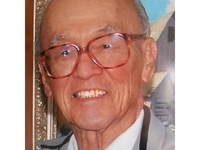
Joseph Leonard Sinnott was an American comic book artist. Working primarily as an inker, Sinnott is best known for his long stint on Marvel Comics' Fantastic Four, from 1965 to 1981, initially over the pencils of Jack Kirby. During his 60 years as a Marvel freelance artist and then remote worker salaried artist, Sinnott inked virtually every major title, with notable runs on The Avengers, The Defenders, and Thor.
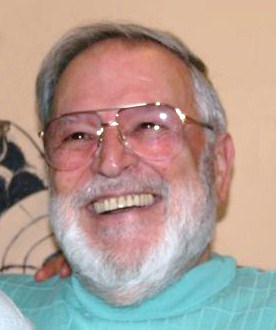
John Victor Romita was an American comic book artist best known for his work on Marvel Comics' The Amazing Spider-Man and for co-creating characters including Mary Jane Watson, the Punisher, Kingpin, Wolverine, and Luke Cage. Romita was the father of John Romita Jr., also a comic book artist, and the husband of Virginia Romita, who was for many years Marvel's traffic manager.
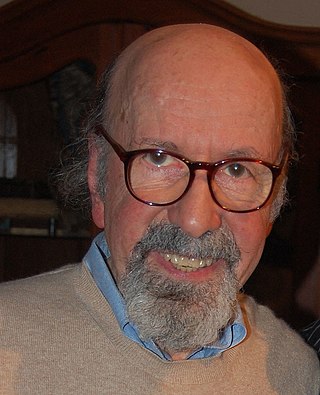
Lawrence D. Lieber is an American comic book writer and artist best known as co-creator of the Marvel Comics superheroes Iron Man, Thor, and Ant-Man. He is also known for his long stint both writing and drawing the Marvel Western Rawhide Kid and for illustrating the newspaper comic strip The Amazing Spider-Man from 1986 to 2018. From 1974 to 1975, he was editor of Atlas/Seaboard Comics. Lieber is the younger brother of the late Marvel Comics writer, editor, and publisher Stan Lee.

Marvel Mystery Comics is an American comic book series published during the 1930s–1940s period known to fans and historians as the Golden Age of Comic Books. It was the first publication of Marvel Comics' predecessor, Timely Comics, a division of Timely Publications.

Airboy is a fictional Golden Age aviator hero of an American comic book series initially published by Hillman Periodicals during the World War II, before ending his initial run in 1953. The hero was the costumed identity of crack pilot Davy Nelson II, and created by writers Charles Biro and Dick Wood with artist Al Camy.
Daniel Barry was an American cartoonist. Beginning in comic books during the 1940s with Leonard Starr, Stan Drake and his brother Sy Barry, he helped define and exemplify a particular kind of "New York Slick" style which dominated comics until the Marvel Revolution brought attention to the Jack Kirby style. This style was characterized by careful attention to lines and the clear delineation of textures.

William Lemuel "Willie" Lumpkin is a fictional supporting character appearing in American comic books published by Marvel Comics. The character is best known as the mailman of the Fantastic Four in their self-titled comic book.

Frank Giacoia was an American comics artist known primarily as an inker. He sometimes worked under the name Frank Ray, and to a lesser extent Phil Zupa, and the single moniker Espoia, the latter used for collaborations with fellow inker Mike Esposito.
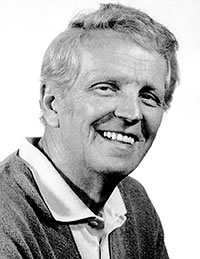
George Tuska, who early in his career used a variety of pen names including Carl Larson, was an American comic book and newspaper comic strip artist best known for his 1940s work on various Captain Marvel titles and the crime fiction series Crime Does Not Pay and for his 1960s work illustrating Iron Man and other Marvel Comics characters. He also drew the DC Comics newspaper comic strip The World's Greatest Superheroes from 1978–1982.

The Ringo Kid is a fictional Western appearing in American comic books published by Marvel Comics. His comic book series was originally released by the company's 1950s predecessor, Atlas Comics. A lesser-known character than the company's Kid Colt, Rawhide Kid, or Two-Gun Kid, he also appeared in a reprint series in the 1970s.
The Alley Award was an American annual series of comic book fan awards, first presented in 1962 for comics published in 1961. Officially organized under the aegis of the Academy of Comic Book Arts and Sciences, the award shared close ties with the fanzine Alter Ego magazine. The Alley is the first known comic book fan award.
Bob Powell was an American comic book artist known for his work during the 1930–1940s Golden Age of comic books, including on the features "Sheena, Queen of the Jungle" and "Mr. Mystic". He received a belated credit in 1999 for co-writing the debut of the popular feature "Blackhawk". Powell also did the pencil art for the bubble gum trading card series Mars Attacks. He officially changed his name to S. Robert Powell in 1943.
William Fraccio was an American comic book artist whose career stretched from the 1940s Golden Age of comic books through 1979, when he turned to producing advertising art and teaching. He is best known for his 23-year run at Charlton Comics, where he illustrated, among many other things, the first two professional stories of future Marvel Comics editor-in-chief Roy Thomas.
Anthony Louis DiPreta was an American comic book and comic strip artist active from the 1940s Golden Age of comic books. He was the longtime successor artist of the comic strip Joe Palooka (1959–84) and drew the Rex Morgan, M.D. daily strip from 1983 until DiPreta's retirement in 2000.

Magazine Enterprises was an American comic book company lasting from 1943 to 1958, which published primarily Western, humor, crime, adventure, and children's comics, with virtually no superheroes. It was founded by Vin Sullivan, an editor at Columbia Comics and before that the editor at National Allied Publications, the future DC Comics.
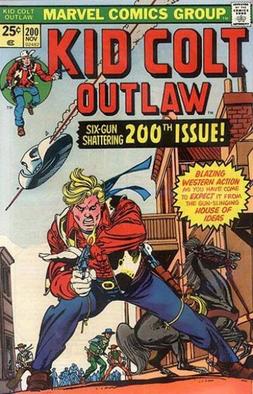
Kid Colt, Outlaw is a comic book title featuring the character Kid Colt originally published by Atlas Comics beginning in 1948 and later Marvel Comics.

Fred Hembeck is an American cartoonist best known for his parodies of characters from major American comic book publishers. His work has frequently been published by the firms whose characters he spoofs. His characters are always drawn with curlicues at the elbows and knees. He often portrays himself as a character in his own work, in the role of "interviewer" of various comic book characters. Interviewer Daniel Best has said of his work, "If you take your comic books seriously, and think that those characters are real, then you're probably not a fan of Hembeck."
Luis "Louis" Cazeneuve was an Argentine-born American comic-book artist. He is best known for co-creating the Marvel Comics character Red Raven, and for his prolific work on the DC Comics characters Aquaman, Shining Knight, the Boy Commandos and others during the 1940s period fans and historians call the Golden Age of Comic Books.

Sir Percy of Scandia, also known as the original Black Knight, is a fictional character appearing in American comic books published by Marvel Comics. He was a medieval knight created by writer-editor Stan Lee and artist Joe Maneely.
The Amazing Spider-Man is a daily comic strip featuring the character Spider-Man which has been syndicated for more than 40 years. It is a dramatic, soap opera-style strip with story arcs which typically run for 8 to 12 weeks. While the strip uses many of the same characters as the Spider-Man comic book, the storylines are nearly all originals and do not share the same continuity. A consistently popular strip, new material was published from 1977 to 2019, with the strip going into reruns afterwards.
